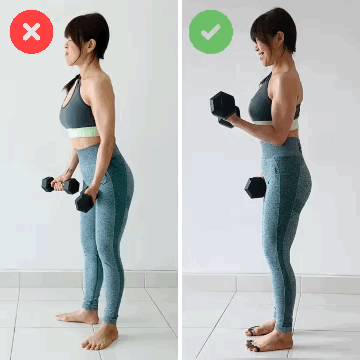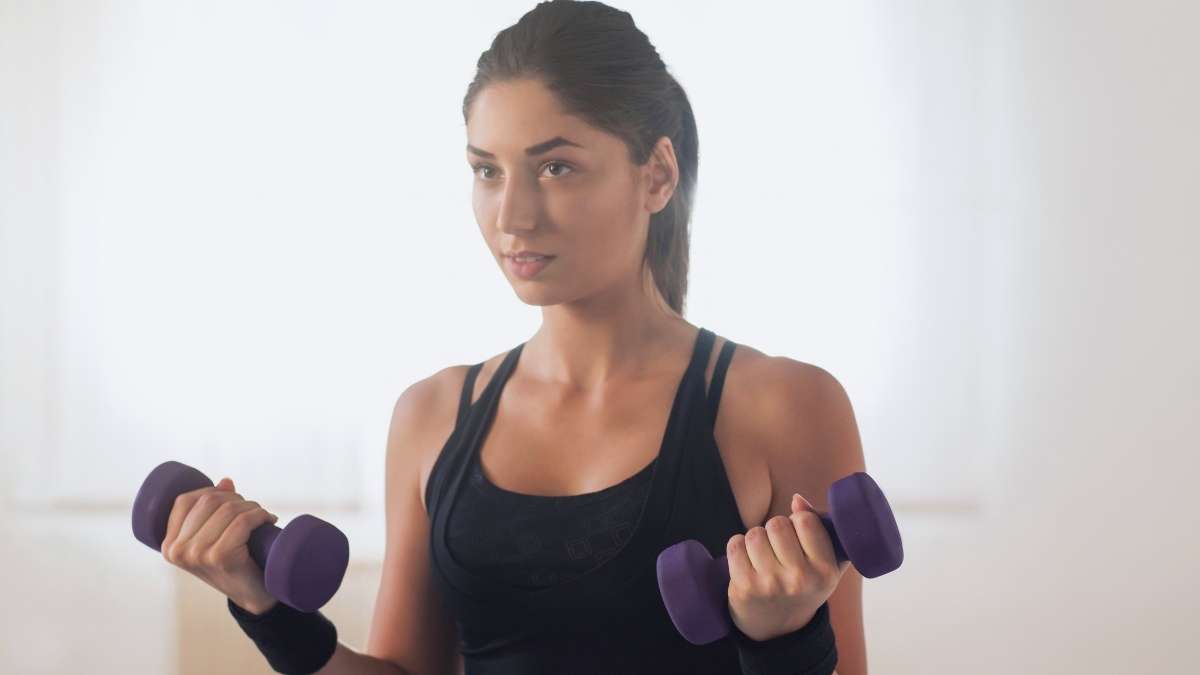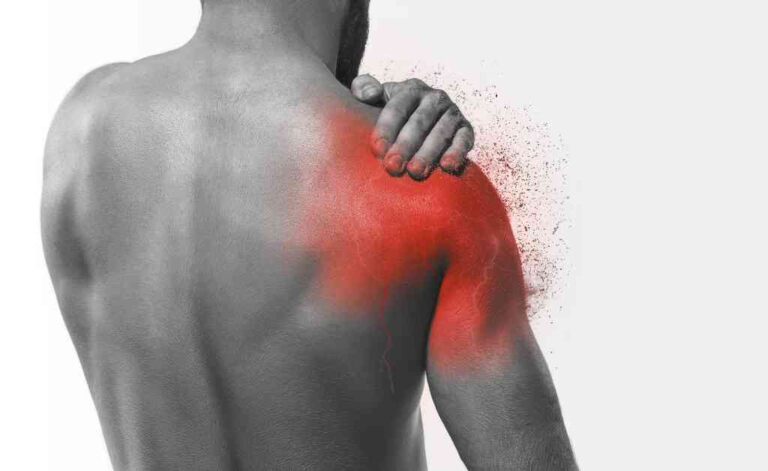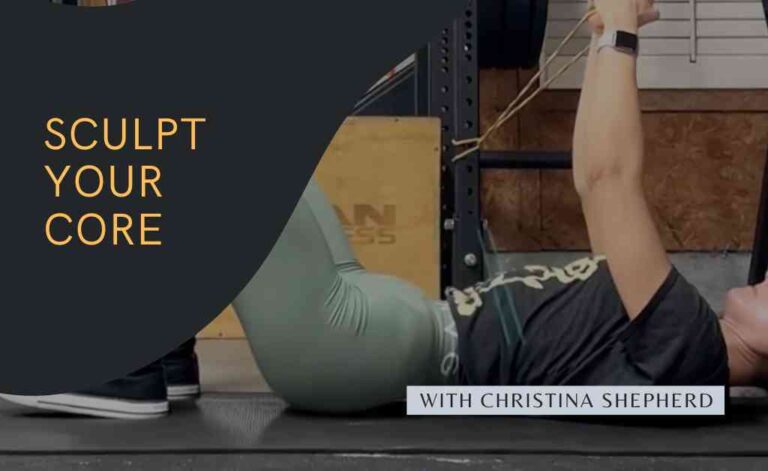Bicep curls are one of the most popular exercises performed at the gym. Because of their popularity, there are many potential issues that are overlooked. Today we will discuss a common one in regards to the shoulders.
When we consistently perform a bicep curl or functional movements with rounded shoulders (protraction and anterior tipping of the scapulae) and a hyperextended cervical spine (forward head), the central nervous system is getting improper sensory information which leads to movement compensation and potential injuries and problems such as biceps tendonitis, rotator cuff impingement, shoulder instability, thoracic outlet syndrome, and headaches. (1)

If you or your clients are exhibiting these patterns, you have come to the right place.
From the ground up
Due to the connectivity of the structures and tissues of the body (our body is an interconnected chain), shoulder dysfunction can migrate toward or stem from imbalance or injury in the lumbopelvic-hip-complex, knee, and foot and ankle complex (2). And that brings us to the next point. How are you standing when performing bicep curls?
Are both or either of your feet turned out? Is your femur excessively adducted (knees caving inwards)? The misalignment of your foot and ankle will affect the alignment of your pelvis and hips, potentially leading to increased stress and pain in the lower back.
“Do you feel backaches when you are loading and curling those guns?”
Strong foot, strong core, stable shoulders
An unstable base also does not allow for an efficient force transfer from the lower extremities to the trunk and upper extremities for efficient movements.
To strengthen our base, I am incorporating barefoot, single-leg training into the activation exercises to help increase muscle activation from foot to core and scapular stabilization. We are essentially building body tension from the ground up for optimum power output.
“Body tension follows fascial lines and the concept of tensegrity. The more tension created by the body the faster you can stabilize joints, generate force and improve performance.” Dr. Emily Splichal
Barefoot Strong – Unlock the Secrets to Movement Longevity
The muscles targeted to help improve rounded shoulders posture include the external rotator cuffs, deep neck flexors, lower trapezius, to name a few. It is imperative we observe our kinetic checkpoints from the ground up to increase strength, activity, and neuromuscular control for the muscles that are commonly underactive or ‘sleeping’ in those with this impairment.
Activation Excercises
You only need a resistance band for these activation exercises. Do it as a standalone or movement prep.
Perform 2-3 sets, 15-20 reps each
1. Single Leg External Rotation
2. Single Arm Scaption Y
3. Wall Windshield Vipers*
*courtesy of Dr Brent Brookbush from www.brookbushinstitude.com
The list of exercises above is part of the activation component of a corrective exercise strategy to improve the rounded shoulder posture. Working on releasing and stretching the potentially overactive muscles including latissimus dorsi, teres major, pectoralis minor (and others), along with thoracic mobilization could produce favorable results. A comprehensive corrective exercise program will help you identify and address muscle imbalances and the root cause of your issues, minimize injury and maximize results.
(1) (2) NASM essentials of corrective exercise training/[edited by] Micheal A. Clark, Scott C. Lucett. — 1st ed.




